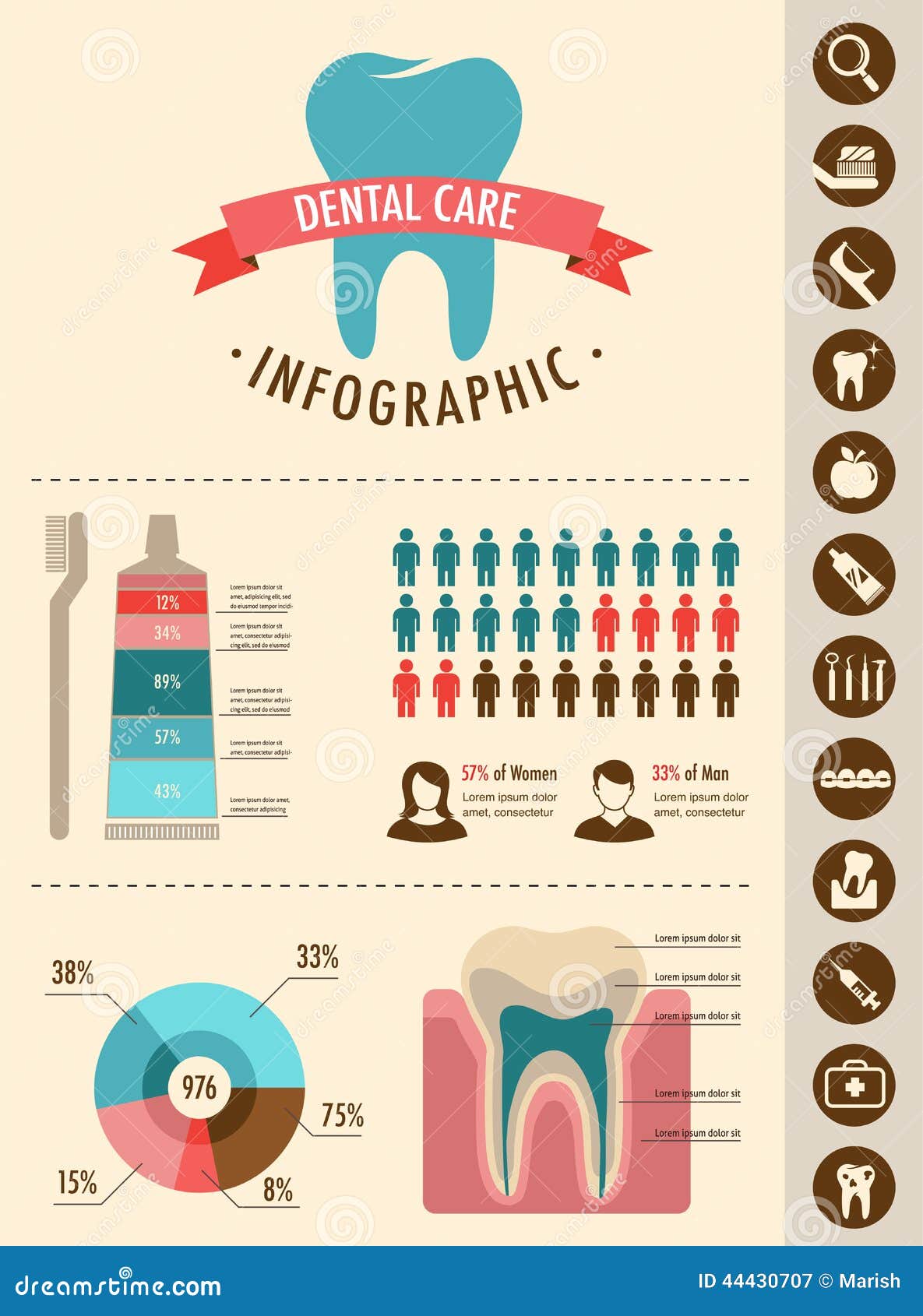The Future Of Dental Surgery: Technologies And Advancements Forming The Area
The Future Of Dental Surgery: Technologies And Advancements Forming The Area
Blog Article
Team Author-Petersson Hessellund
Welcome to the world of dental surgery, where technologies and advances are shaping the future of the area! In this interesting world, you'll witness the transformative power of robotics, the advanced wonder of 3D printing, and the game-changing effect of minimally invasive strategies.
The future of dental surgery holds a pledge of precision, efficiency, and enhanced client results. With the help of advanced robotics, cosmetic surgeons are able to perform complicated procedures with higher accuracy and control.
3D printing innovation is revolutionizing the creation of dental implants and prosthetics, offering customized remedies that fit flawlessly into each patient's one-of-a-kind makeup.
In addition, minimally invasive strategies are lowering post-operative discomfort and recuperation time, permitting people to return to their daily lives sooner.
Prepare to explore the exciting innovations and developments that are improving the landscape of oral surgery!
Innovations in Robotics
One major improvement in oral surgery is making use of robot technology, which allows for specific and effective procedures. With best dentist austin of robotic systems, dental specialists have the ability to carry out intricate surgical procedures with boosted precision, minimizing the threat of human mistake.
These robot systems are geared up with sophisticated imaging modern technology and specific instruments that allow surgeons to browse via intricate physiological frameworks easily. By utilizing robot technology, cosmetic surgeons can achieve better medical accuracy, leading to improved client end results and faster recuperation times.
In addition, the use of robotics in oral surgery permits minimally invasive treatments, lowering the injury to bordering cells and promoting faster recovery.
3D Printing in Oral Surgery
To boost the area of dental surgery, you can explore the subtopic of 3D printing in dental surgery. This ingenious technology has the prospective to reinvent the method oral specialists run and deal with individuals. Here are four crucial ways in which 3D printing is forming the area:
- ** Personalized Surgical Guides **: 3D printing allows for the development of highly exact and patient-specific medical overviews, boosting the accuracy and performance of treatments.
- ** Implant Prosthetics **: With 3D printing, oral surgeons can create customized dental implant prosthetics that perfectly fit a client's distinct makeup, causing far better results and patient contentment.
- ** Bone Grafting **: 3D printing allows the production of patient-specific bone grafts, reducing the requirement for traditional grafting strategies and improving recovery and recovery time.
- ** Education and Educating **: 3D printing can be used to develop realistic surgical models for educational purposes, enabling dental specialists to exercise complex treatments before performing them on clients.
With dental cedar park to boost precision, modification, and training, 3D printing is an amazing growth in the field of dental surgery.
Minimally Invasive Strategies
To further advance the field of oral surgery, embrace the possibility of minimally invasive techniques that can substantially profit both specialists and people alike.
Minimally porcelain veneers austin texas are changing the field by lowering medical trauma, minimizing post-operative pain, and speeding up the recuperation procedure. These techniques involve utilizing smaller incisions and specialized instruments to perform procedures with accuracy and effectiveness.
By utilizing innovative imaging innovation, such as cone light beam calculated tomography (CBCT), surgeons can accurately prepare and execute surgeries with marginal invasiveness.
Furthermore, the use of lasers in dental surgery allows for exact cells cutting and coagulation, resulting in minimized bleeding and decreased recovery time.
With minimally invasive methods, people can experience much faster recovery, lowered scarring, and improved results, making it an essential aspect of the future of dental surgery.
Final thought
So, as you can see, the future of oral surgery is exceptionally promising, with amazing developments and developments shaping the area.
From the developments in robotics to making use of 3D printing and minimally invasive methods, dental surgeons are changing the way they provide treatment.
While some may stress over the potential price associated with these advancements, it is essential to bear in mind that these technologies ultimately improve patient results and decrease recovery time, making them well worth the investment in the future.
